Although the U.S. First Army had already captured an intact bridge over the river at Remagen, there was still a rivalry between Patton and British Field Marshal Bernard Montgomery to cross next. Montgomery was supposed to make the next crossing in a complex operation utilizing ground and airborne troops. Patton simply used ad hoc tactics to push the 5th Infantry across.
[text_ad]
On the night of March 22, 1945, with no artillery preparation or air cover, assault boats of the 5th Infantry began their quiet crossing near Oppenheim. “This kind of came as a surprise, but everything was so well prepared for us,” recalled Tucker. Although his unit was spearheading the attack toward the river, he assumed there would be a pause to get organized for the crossing. Instead, he commented, “They brought up a row of trucks filled with assault boats. It was really a simple thing, just like basic training.”
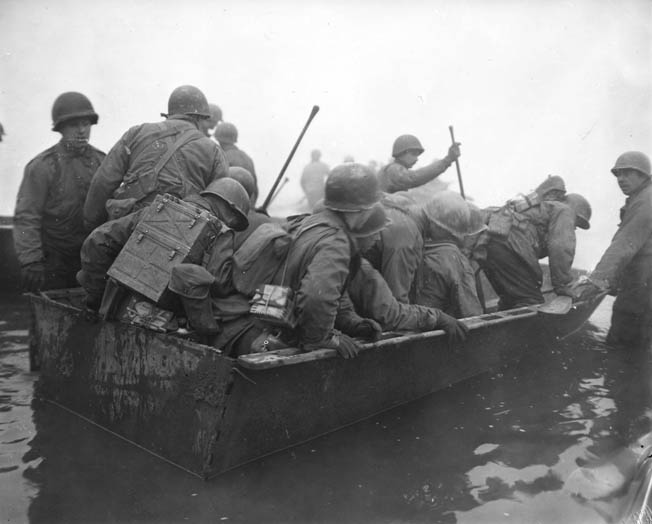
“The pause that refreshes”
Tucker and another engineer packed themselves into one of the first boats with the infantry. “Our orders were to get the infantry to the east bank, then push our boat back into the river and let it float downstream.”
To prevent beached boats from blocking follow-up waves, the engineers were ordered to push as many boats back into the river as possible and then gather up the rest of the engineers who landed and pile into a single boat to return. Although the crossing was uneventful and drew no enemy fire, Tucker remembered, “We swore not to push our boat into the water.”
Instead, once the infantrymen scrambled onto the shore, Tucker and his fellow engineer simply got back into their boat and paddled back across. “We figured we had a perfectly good boat. I never knew what happened to those other boats.”
Once the two returned to the west bank, Tucker’s entire squad was ordered north to help the U.S. Navy. Upon arriving at a dock area, Tucker and his comrades saw a group of sailors lowering a Landing Ship Tank (LST) into the water with a large crane. “We were surprised the Navy was there,” he commented, “and the Navy was surprised they were so far away from the ocean. They did a lot of grumbling.”
Patton’s troops beat Montgomery across the Rhine by one day. Patton celebrated the victory by stopping on a treadway bridge his men had built and relieving himself into the river.
“The pause that refreshes….” The general told the troops around him. News of the crossing made it around the world. In Washington, Secretary of War Henry L. Stimson declared, “We gave Monty everything he asked for—paratroopers, assault boats and even the Navy, and by God, Patton has crossed the Rhine!”

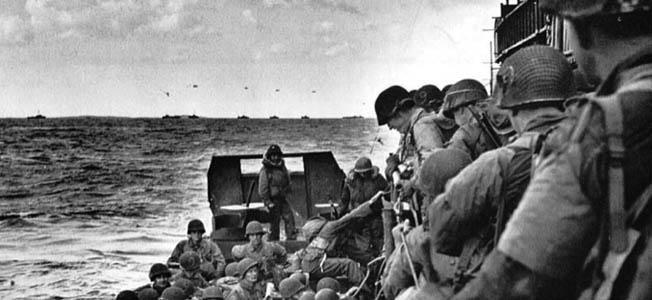
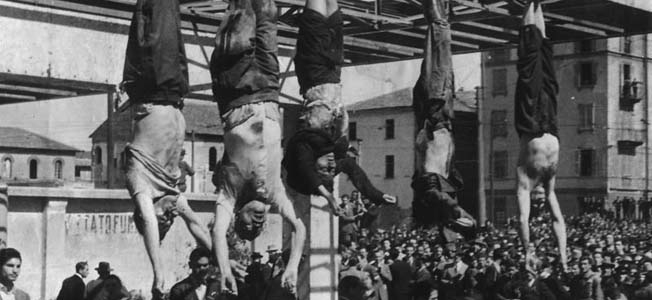
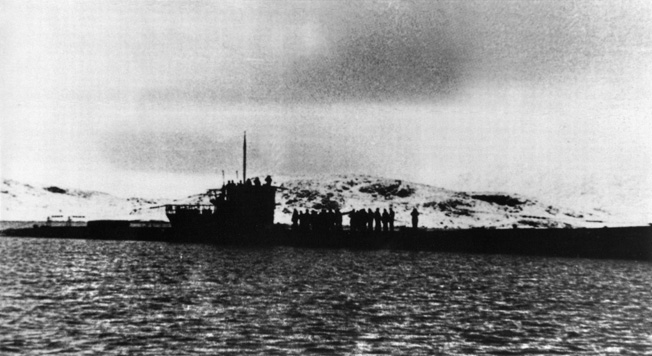
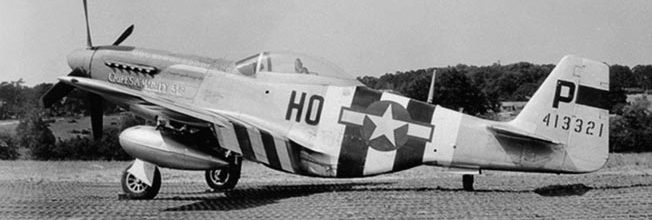
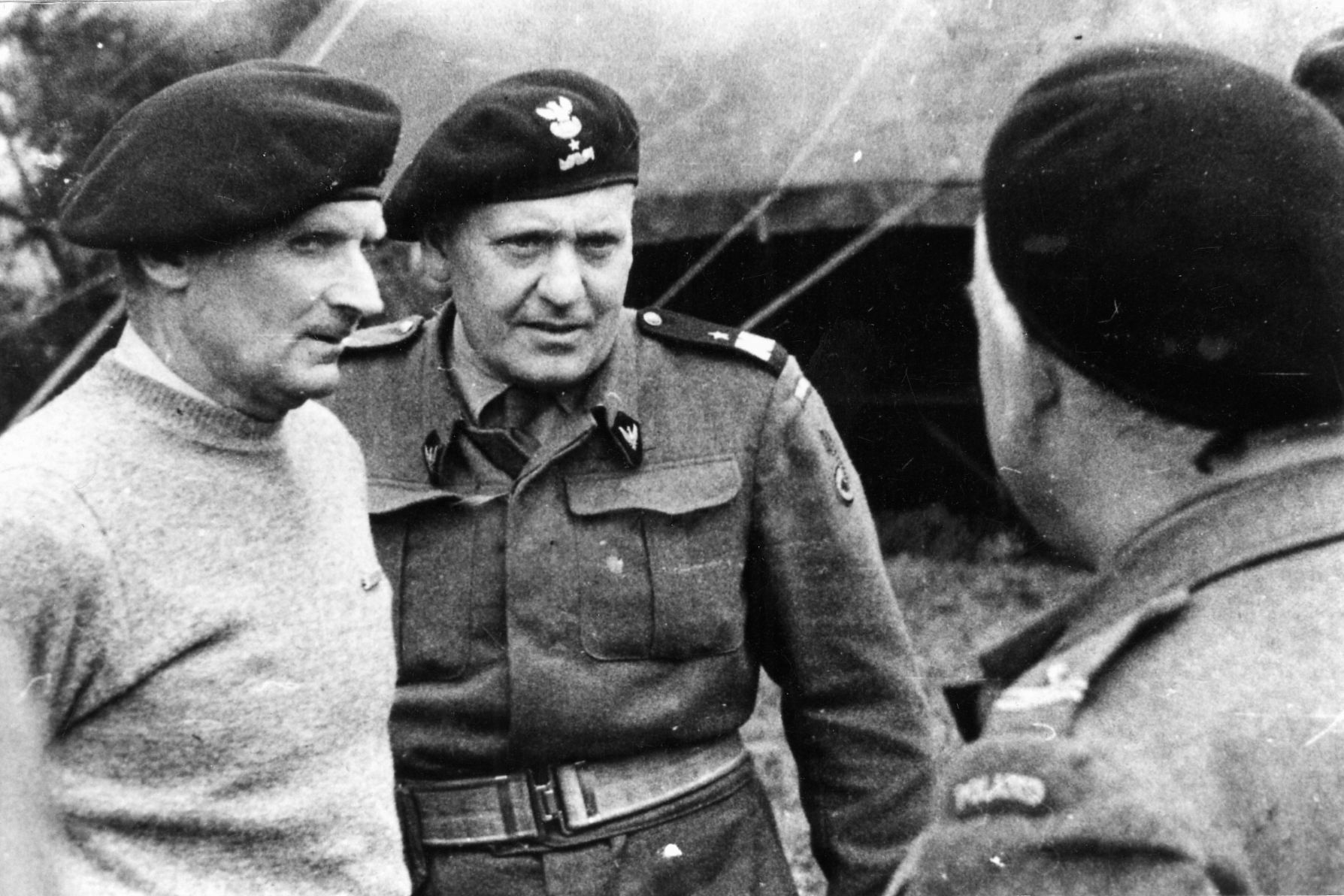

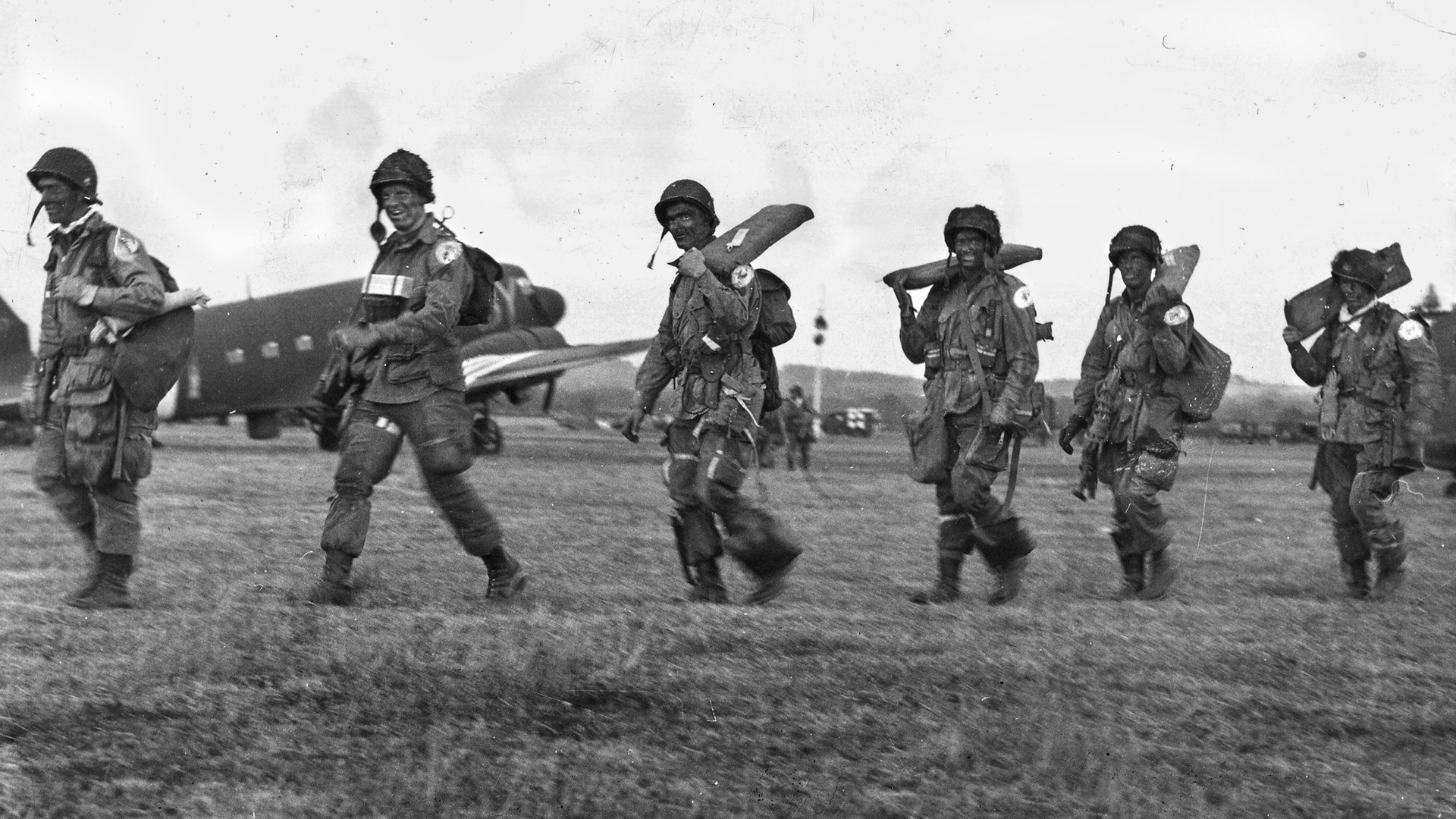
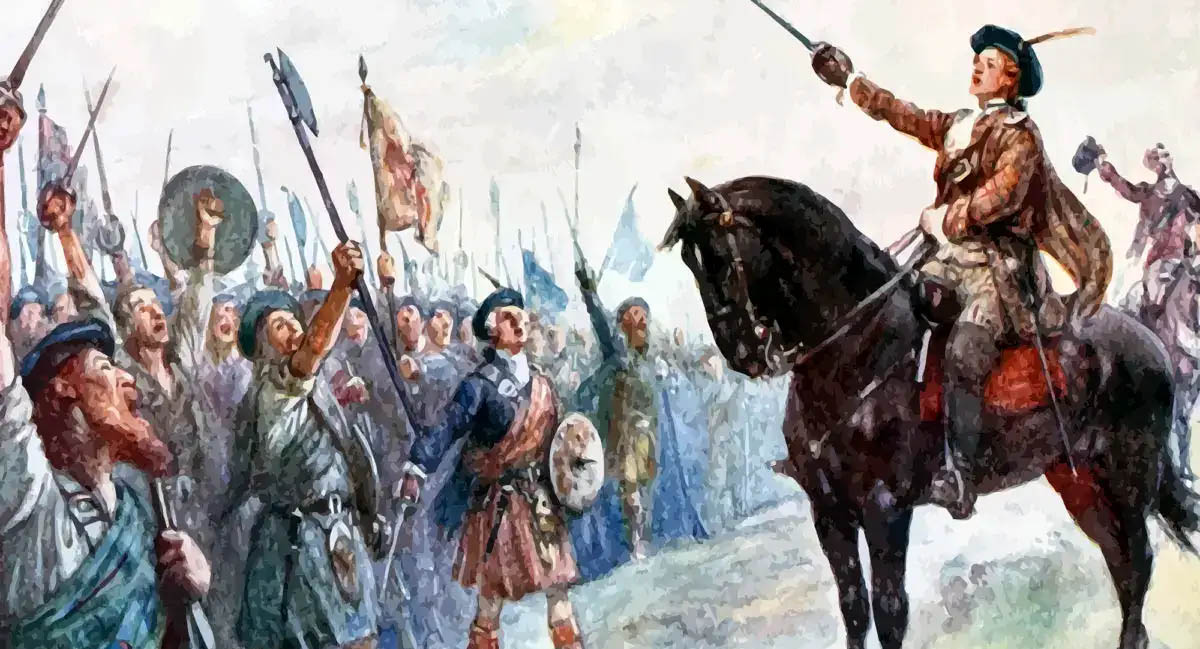
Join The Conversation
Comments
View All Comments